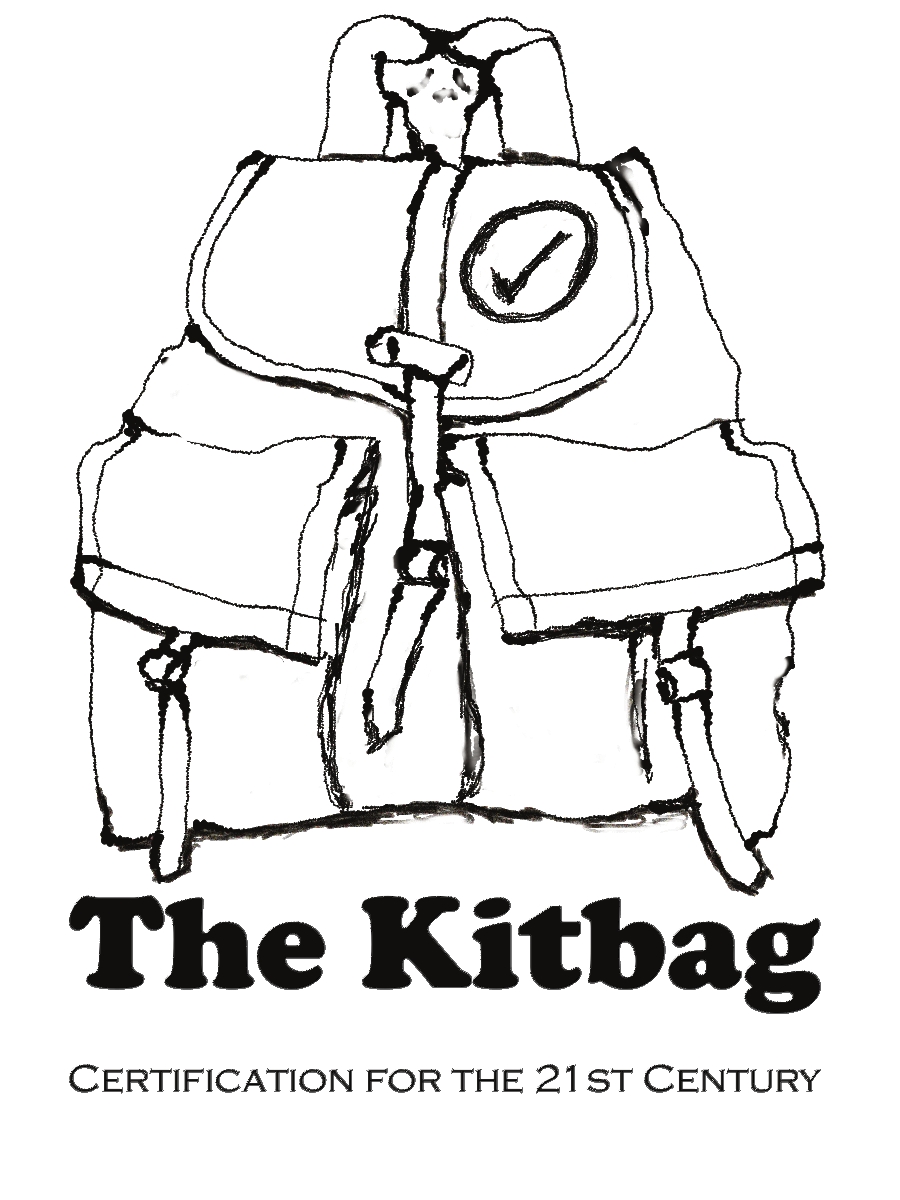Almost a year ago I posted an entry titled "What is a Standard?". In that post I included the ISO definition of a standard:
ISO defines a standard as: A document established by consensus and approved by a recognized body that provides for common and repeated use, rules, guidelines or characteristics for activities or their results, aimed at the achievement of the optimum degree of order in a given context. (from ISO/IEC Guide 2:1996, definition 3.2)
This definition includes a couple of bits that can be confusing. It says that a standard is "...established by consensus and approved by a recognized body..."
So, what is meant by "consensus" and "recognized body"?
Consensus
Many times the idea of reaching a decision by consensus is rejected because we understand that it means that everyone must fully agree with everything in a decision. This can be problematic for long and complex documents like standards. If I agree with everything in a standard except one line can I withhold my agreement and prevent approval of the standard?
In most standards organizations that I know of the definition of consensus is 'the absence of sustained opposition'. That means that my opposition may be minor but not something that is critical to my decision. I may want my opposition logged in the decision but it may not be worth the cost of renegotiating the whole document to get what I want. If that is the case then a consensus can be reach, even if there is some opposition, even by several participants.
If on the other hand my opposition is to a part of the standard that presents a major concern to me I can raise my objection and potentially withhold consensus.
Some standards developers set the definition of consensus as a super majority of 75, 85 or 90%. In these cases agreement of the super majority is understood to be a consensus.
A consensus under either of these approaches can be hard to achieve because some participants may be particularly strident in their positions or others can play a game with the voting rules to get what they want over the strong objections of others.
No matter which model is adopted it is important to design the rules for decisions in such a way that everyone has a say and that no sector on the decision making body can dictate a decision to others.
This can occur if a decision making body has 50 members and only 2 represent workers and 48 represent employers. If the rule requires a super majority of 90% it is still possible for all the employer representatives to out vote the labour representatives even if their opposition is very strong.
In the case of consensus defined as the absence of sustained opposition it is possible to give such latitude to the chair or an executive committee that they are able to declare a consensus that favours their position by announcing that the opposition is not sustained no matter what the opposition itself wants.
No matter which system is used it is important the the underlying principle of consensus be respected by the rules and the participants. Everyone should be willing to support the decision even if they disagree with some elements in the standard.
Recognized body
The issue of a recognized body can be a bit more problematic. In some countries this could be defined in legislation, that is there may be only one 'recognized body' in the country or there may be a defined procedure that an organization must follow to become a recognized body.
Some people may even read the ISO definition as declaring that only ISO and bodies that ISO recognizes may develop standards. I will note that if this was the case that there is no way that ISO has the authority to enforce such a provision. ISO is a not-for-profit corporation based in Switzerland and while national governments may be members the organization has no authority to speak for governments. ISO produces standards that are voluntary. Even if a country adopts an ISO standard as a regulation (yes this does happen) this is the result of a decision by a government, not by ISO or any other standards development organization.
I will propose what I think is a better definition of a recognized body - that is a body that conforms to established norms for standards developers. This includes codes of practice like Annex 3 to the World Trade Organization (WTO) 'Code of good practice for the preparation, adoption and application of standards'; ISO Guide 59 'Code of good practice for standarization' and the ISEAL Alliance 'Standard Setting Code'. There are other guides and norms, some are national and some are specific to an industry (such as the FAO guidelines for certification of wild or farmed seafood).
Anyone developing a standard should understand the guidelines and norms that may apply to them and do their best to conform to them. This is the hallmark of a professional organization.
